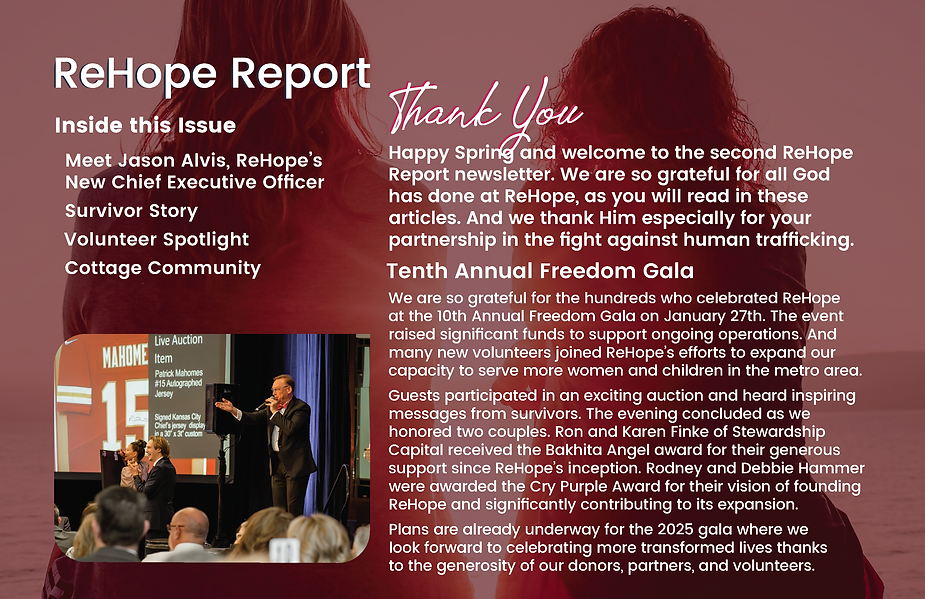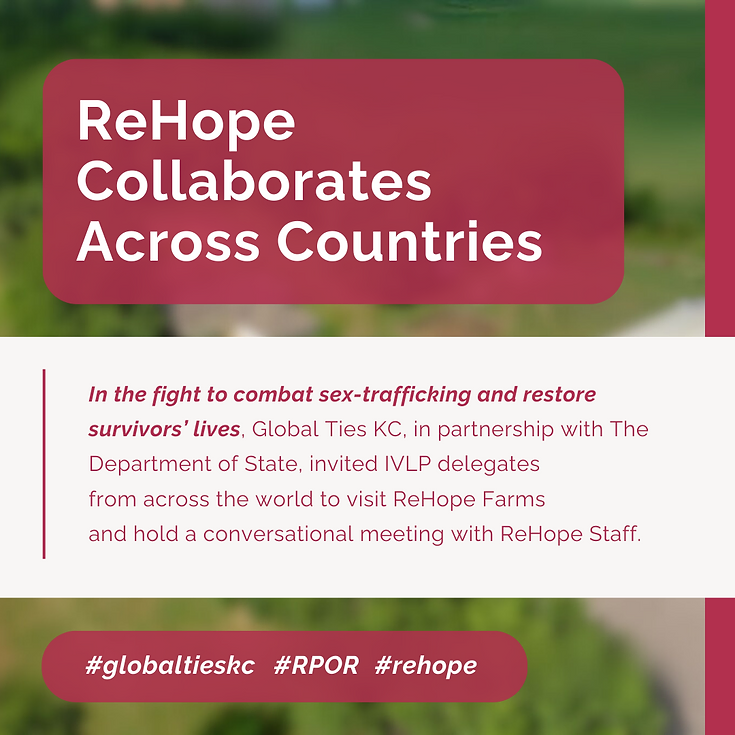developer@segalomedia.com . July 14, 2023
The Aftermath of Child Sexual Exploitation

A recent study was published that looked at data from Waves I-IV of the National Longitudinal Study of Adolescent to Adult Health. The data was collected on adolescents starting in 1994. The adolescents agreed to at-home interviews and then were followed up in waves, finishing in adulthood in 2009.
The researchers looked retrospectively at the collected data from the waves to estimate the prevalence of child sexual exploitation (CSE) in adolescents and the subsequent physical and mental health outcomes in adulthood.
The sample size was very large with over 10,000 participants completing the data through the last wave.
The participants (males and females) were asked in the first two waves if they had exchanged sex for drugs or money.
After analyzing multiple facets of the data, the researchers found that 5% of the males in the study had experienced CSE and 3% of females in adolescence. The factors that were significantly associated with CSE were age, race (males only), parental education level, family structure (males only), same-sex romantic attraction, previous abuse or neglect, and a history of running away from home.
Males and females with a history of CSE also reported worse overall health, depression, and suicidal thoughts.
Males with a history of CSE were more likely to use the Emergency Department for their routine medical needs than their peers who had not experienced CSE.
Male and females who experienced CSE they were more likely to have not finished high school and to have been incarcerated. They were also more likely to have used alcohol and marijuana in adolescence.
This study reaffirmed certain aspects that were known about CSE, however the prevalence of males experiencing CSE in this study was higher than females, which has rarely been seen in research.
This study had several limitations. The first was that much of the data was collected in the 1990s, so some the language on the interview was limited related to gender and current definitions of trafficking with minors. Another limitation was that adult trafficking and labor trafficking were not considered in the interview questionnaire.
Overall, the research is helpful in looking at vulnerabilities associated with CSE and the reality that males need to be included in the conversations around exploitation, as it’s much more prevalent than once thought.
Read the article here






